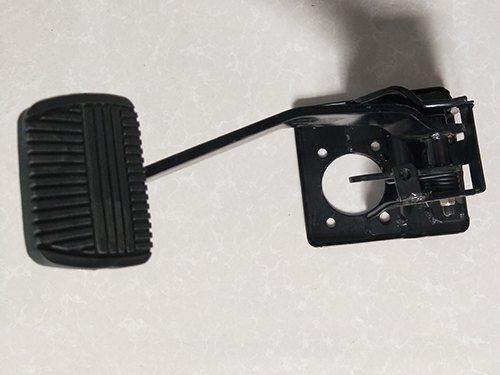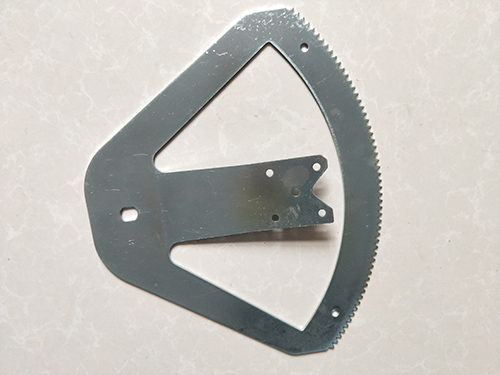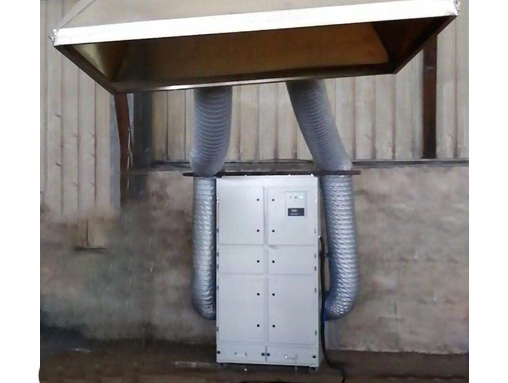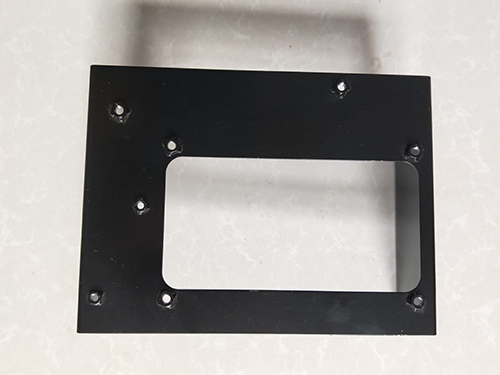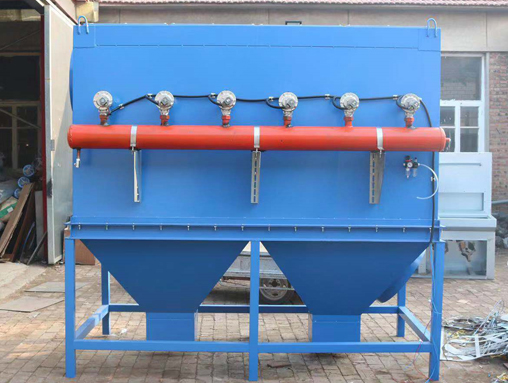Introduction to Stamping Parts
Stamping parts
60-70% of the world's steel is sheet metal, with the majority being stamped into finished products. The body, chassis, fuel tank, radiator fins of automobiles, the steam drum of boilers, the shell of containers, the iron core of motors, and the silicon steel sheets of electrical appliances are all stamped and processed. There are also a large number of stamped parts in products such as instruments, household appliances, bicycles, office machinery, and household utensils.
Compared with castings and forgings, stamped parts have the characteristics of thin, uniform, light, and strong. Stamping can produce workpieces with reinforcing ribs, ribs, undulations or flanges that are difficult to manufacture by other methods, in order to improve their rigidity. Due to the use of molds, the precision of the workpiece can reach micrometer level, and the repetition and specifications are consistent, which can punch out holes, protrusions, etc.
Stamping machine
Cold stamping parts generally do not require cutting or only require a small amount of cutting. The accuracy and surface condition of hot stamping parts are lower than those of cold stamping parts, but still better than castings and forgings, with less cutting work.
